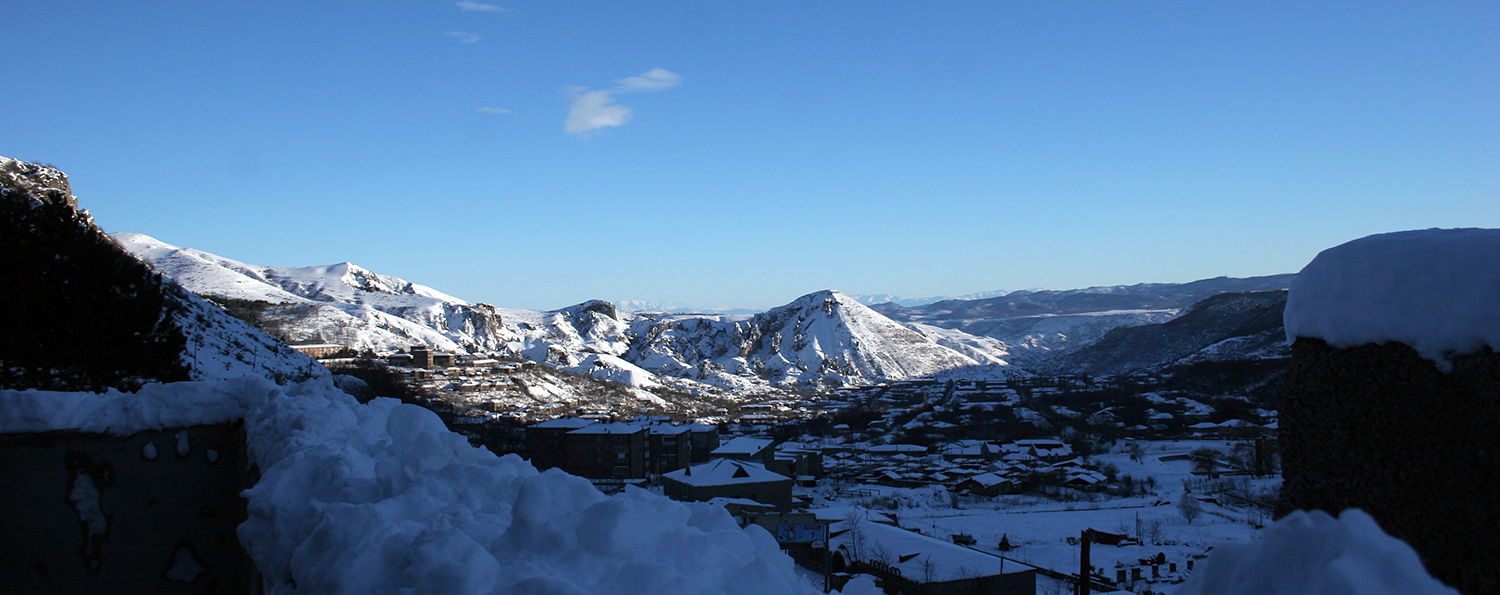khndzor-esque

It was the mention of baklava that made me dubious. It was mentioned as quintessentially Armenian, yet baklava is a pastry I don’t recall encountering once in three years – except in Yerevan (admittedly, I don’t recall many weddings). I read the book quickly, enjoying the familiar but disoriented by details – famines and December earthquakes and wars that don’t quite fit into any chronology I recalled, as though history had been ensorcelled and stored away in a cellar to be pulled out and considered as a vintage or savored as a treat like peaches preserved in syrup, faintly pink. 1 The cornels and mulberries, the aveluk and wild thyme (called ourts and mintier than the common run of thyme one encounters elsewhere – different from the bee-heavy thyme above Athens, for instance), the beet greens and matsun – all appeared in the story, solid details more evocative than a biscuit and more nourishing.
Reading the story, with its fairy-tale tenderness of a year and a day, I heard echoes of distant hospitality and saw in my mind’s eye a distant mountain town, which I last saw, in last year’s news bulletins, as the backdrop for Russian tanks on a peace-keeping mission towards Karabakh. Bits of the novel’s reported dialect seemed familiar – the distinctive endings for family names, always mentioned wryly as part of the local բարբառ, showing up in a story that seemed set too far to the north – or was it to the west, or some fabled place east of the sun and west of the moon or near the garden of the Hesperides? A look at Acharyan’s map of the distribution of Armenian dialects offers some explanation – the dialect in question runs through Sevan and to the east, encompassing much of the current marzes of Tavush and Syuniq, and stretching through the mountains to Baku. The Russified elements stood out, though – the omitted H on the names Hovhannes and Hakop (or Hakob), and the transliteration into English of the affectionate suffix ջան (from Persian) as dzhan stamped with its transit visa through the Cyrillic джан. Perhaps not a deep book, but one that entrances ‘like the ripples left by raindrops on the surface of a pool of water, where every event is a consequence of what came before it and it’s just that nobody is fated to guess those events other than the chosen ones who appear on this earth once, never to return, because they drain their cups all the way to the bottom the first time’ (254).
- Fitting as the story’s town is called Maran, and մառան or մարան means cellar or larder. I should perhaps mention that the title of this post plays on words. The novel considered is called Three Apples Fell from the Sky and khndzor is Armenian for ‘apple’; Khndzoresk is the name of a village somewhat similar to the one featured in the book.[↩]
